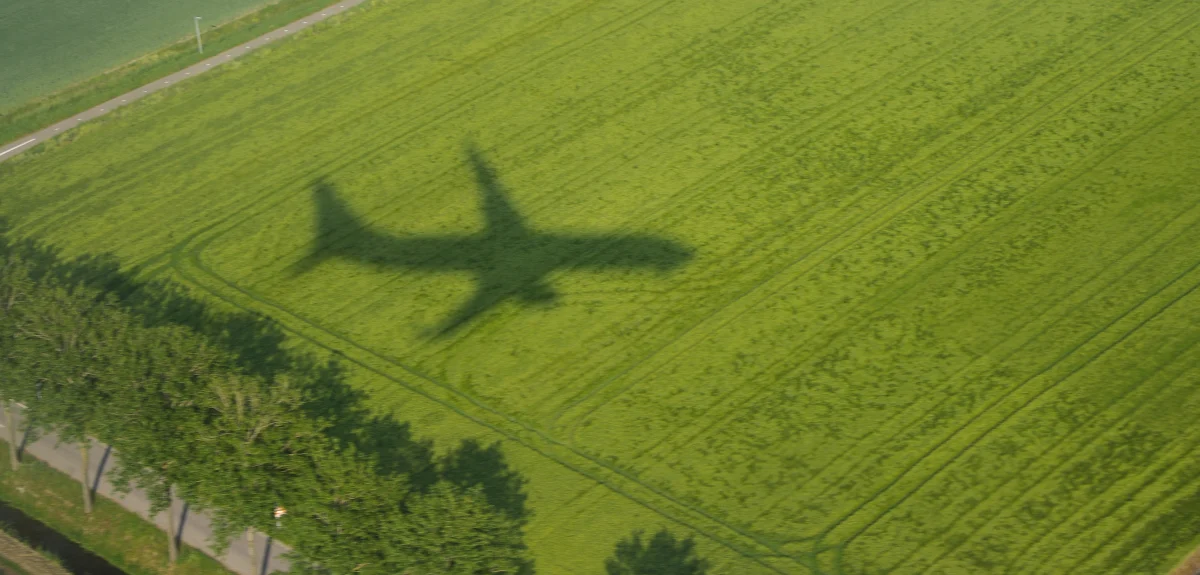
Green approach – a way to reduce emissions on landing
One of many steps towards more sustainable aviation.
Modern aircraft can navigate and fly with great precision. SAS has used this ability to great effect in its “green approach.”
Conventional descents involve aircraft leveling out between changes in altitude. At each leveling, an increase in throttle is required and therefore fuel is burned.
The green approach, however, means that pilots can almost glide on a steady path to the ground with the engine throttle near idle. This reduces fuel consumption and carbon emissions and also lowers noise levels.
The green approach is regularly used by SAS when there is a mid to low volume of traffic at airports.
Other ways to reduce emissions
In the same way as the green approach to landing is used, pilots can also use a continuous climb when taking off so that the aircraft gets to its optimal cruising altitude without having to maintain in periods of level flight that increase fuel consumption.
Loading the aircraft with an optimum center of gravity also helps reduce fuel consumption and enables a higher cruising speed.
A “low drag approach” involves configuring the aircraft for landing with the flaps extended, followed by the wheels a short time later. This minimizes the amount of time the plane has to be in the air with a large degree of air resistance.
Aircraft can also taxi after landing with one engine shut down.
Text by Staffan Erlandsson